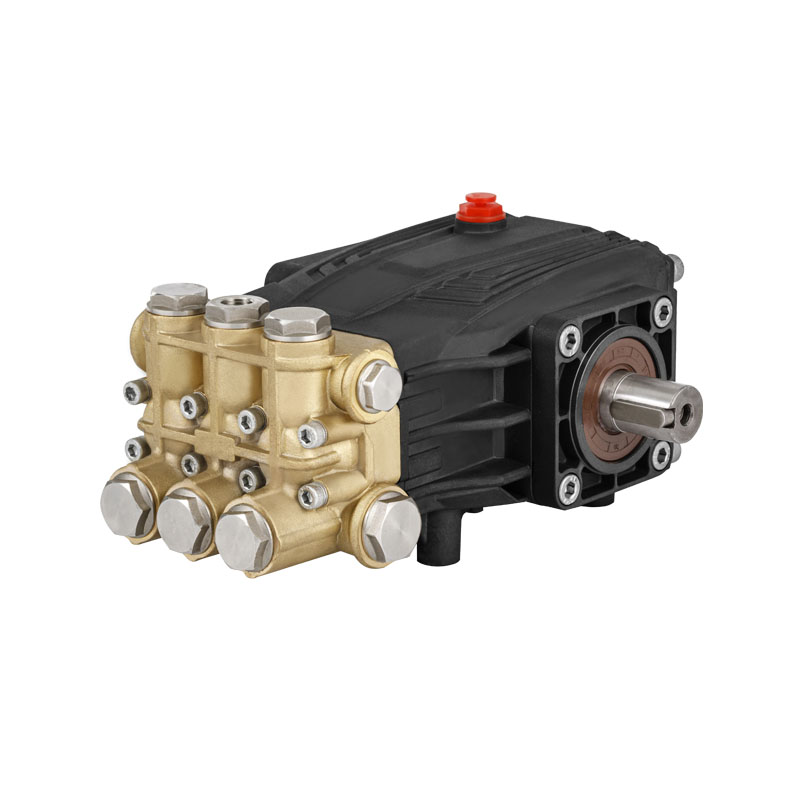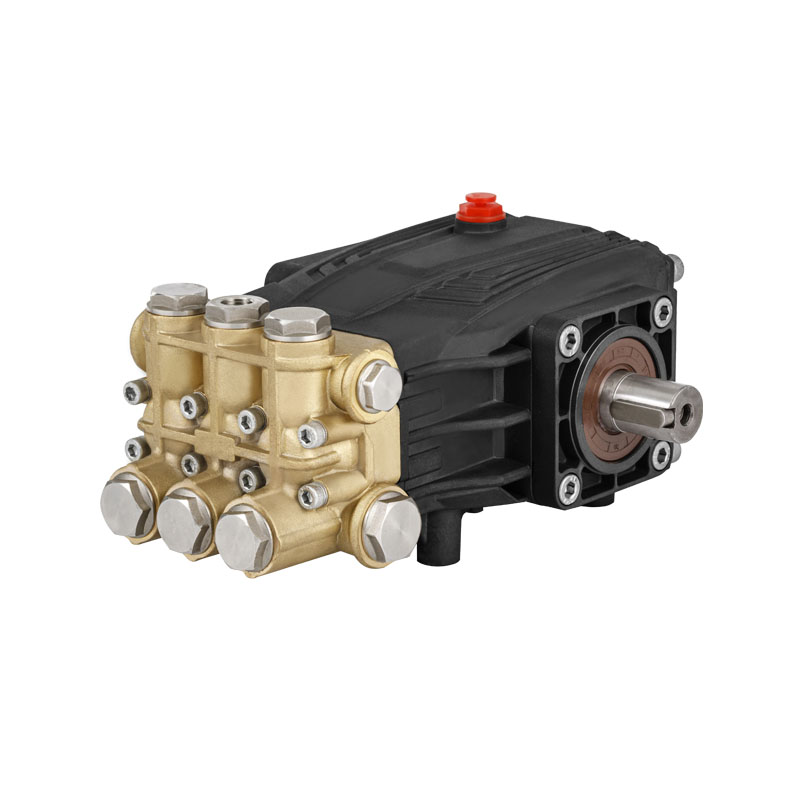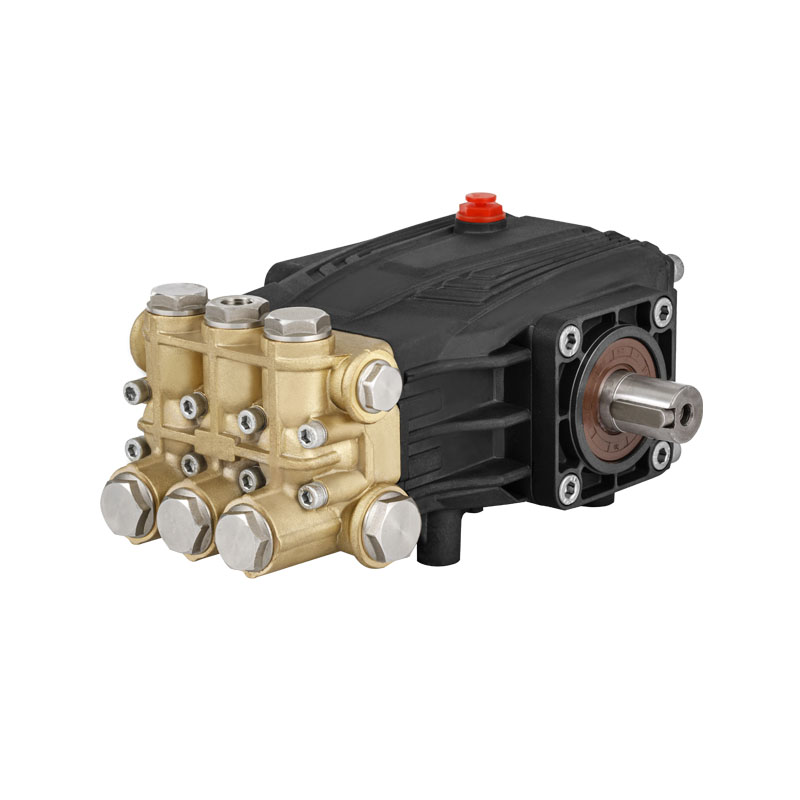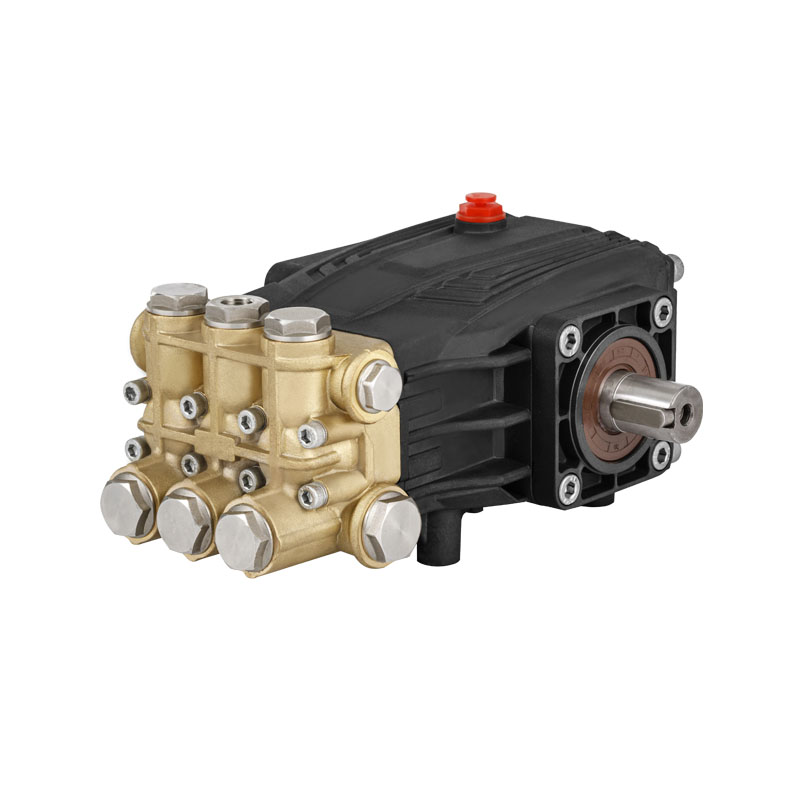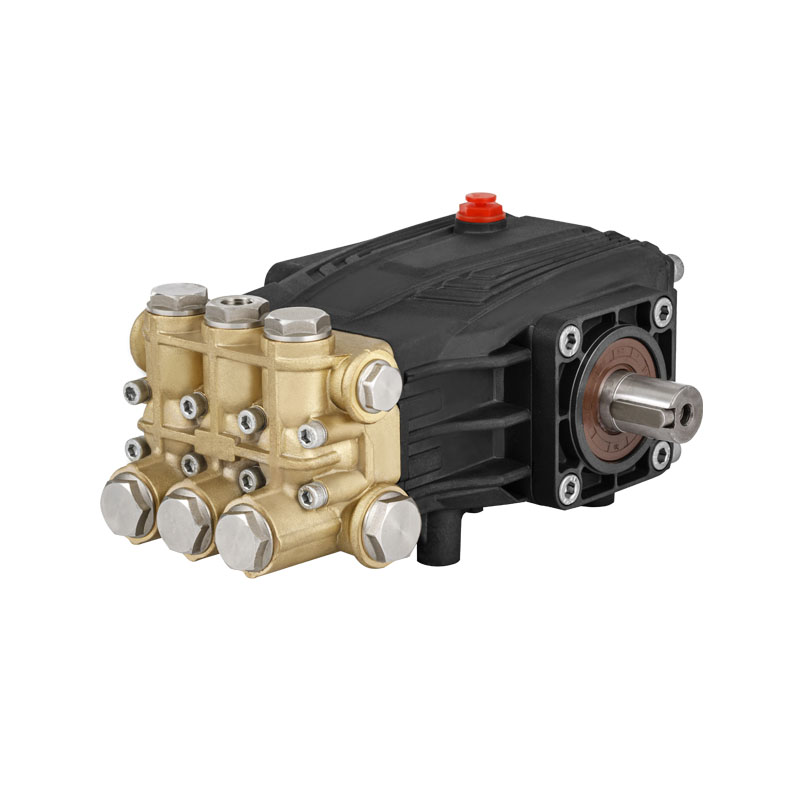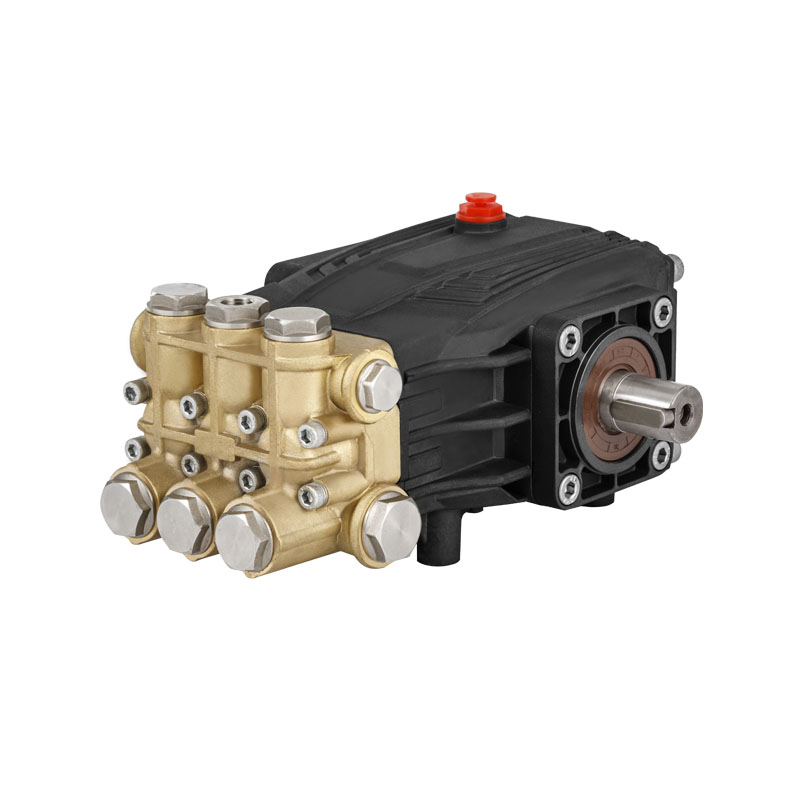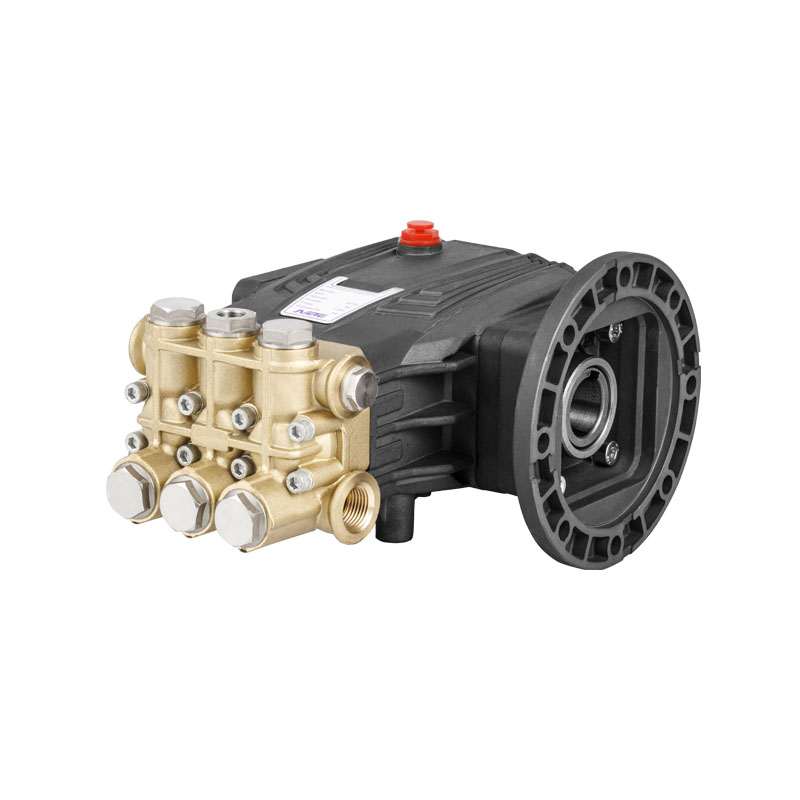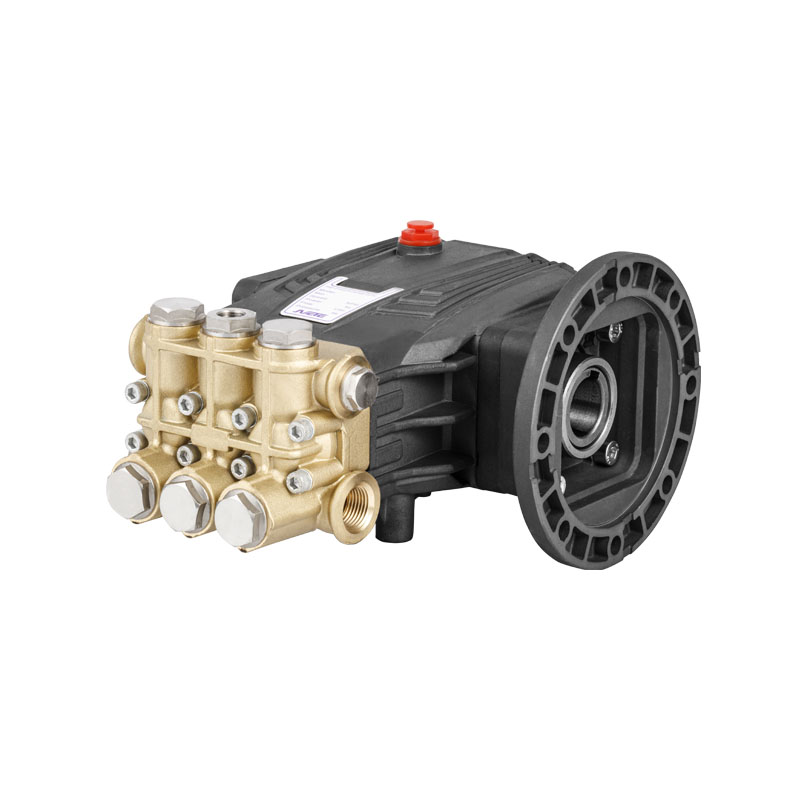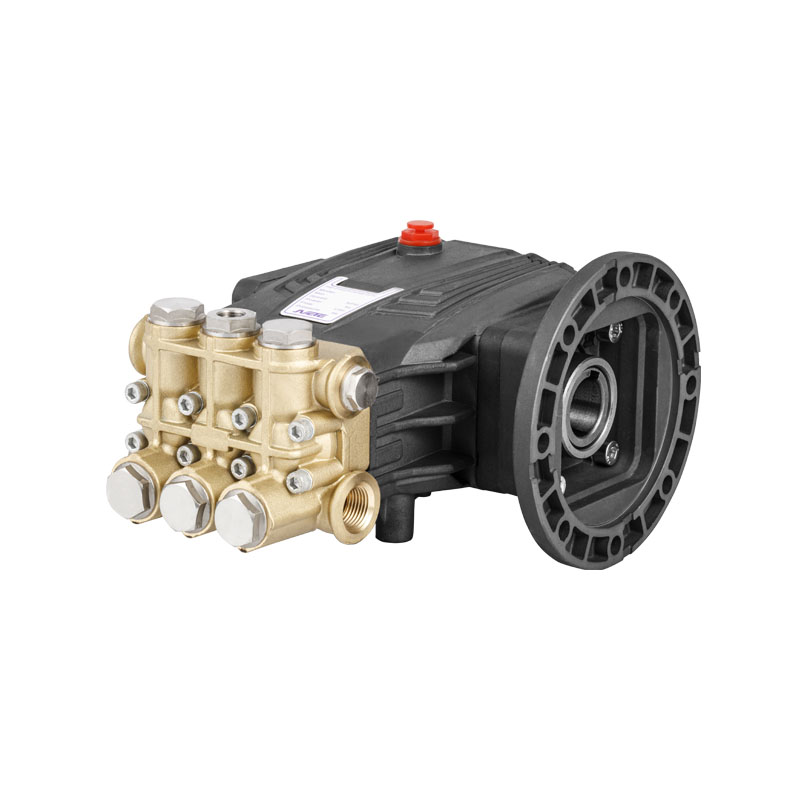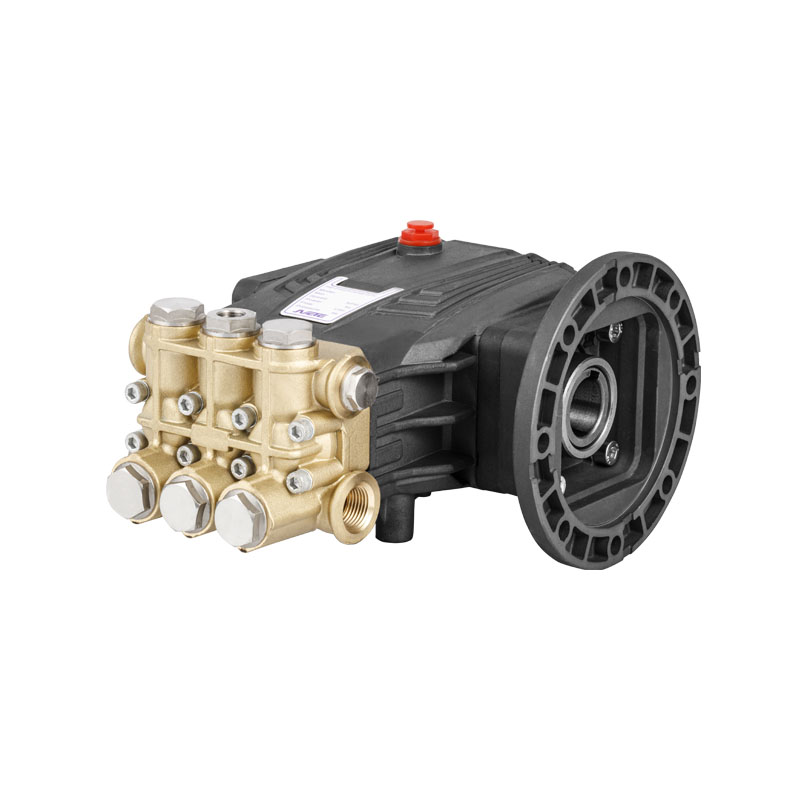In the ever-evolving world of industrial fluid handling, the High Pressure Plunger Pump has emerged as a vital component across sectors such as oil & gas, mining, food processing, and high-pressure cleaning systems. These pumps are valued for their ability to deliver consistent, high-performance results under demanding conditions. However, to ensure safety, efficiency, and longevity, industry professionals are placing increased emphasis on one critical aspect: maintenance precautions.
The High Pressure Plunger Pump operates under intense pressure and mechanical stress, making it vulnerable to performance degradation if not properly maintained. To minimize unplanned downtime and avoid costly repairs, companies are adopting stricter protocols and advanced monitoring systems aimed at maintaining the health of these pumps throughout their lifecycle.
One of the important maintenance precautions involves regular inspection of the plungers and seals. In a High Pressure Plunger Pump, the plunger is responsible for creating the necessary force to move fluid. Over time, plungers can develop surface wear or scoring due to contact with abrasive particles. If left unchecked, this can to seal failure or internal leakage, affecting overall performance. Routine inspection and timely replacement of worn plungers is essential for avoiding larger system failures.
Seal replacement is another key task that must be approached with care. Operators are advised never to reuse old seals when reassembling a High Pressure Plunger Pump, as even slight distortions can compromise sealing integrity. Lubricating new seals during installation also helps reduce friction and extend lifespan.

Temperature control is another area of concern. A High Pressure Plunger Pump generates heat during operation, and running the pump without proper cooling can to thermal damage. Many manufacturers recommend maintaining appropriate coolant levels and monitoring pump temperature during use to prevent overheating. In closed-loop systems, failure to regulate temperature can also impact fluid viscosity and flow rate, causing additional strain on internal components.
Industry experts warn against dry-running, one of the damaging operational errors. A High Pressure Plunger Pump must always be primed with fluid before operation. Dry-running can cause immediate damage to seals, valves, and plungers, to significant maintenance issues. Operators are urged to implement safety interlocks or sensor-based systems that automatically shut down the pump if fluid levels drop too low.
Lubrication is another core maintenance aspect that cannot be ignored. The crankcase of a High Pressure Plunger Pump requires high-quality oil to reduce friction between moving parts. Routine oil checks and timely oil changes help prevent internal wear. It’s also important to monitor oil for contamination, which may indicate seal breaches or external fluid ingress.
In environments where high levels of dust or chemical exposure are present, protective enclosures for the High Pressure Plunger Pump should be considered. These enclosures not only shield the pump from airborne contaminants but also reduce the likelihood of corrosion or external mechanical damage. Maintenance crews are now being trained to assess environmental risks as part of routine pump inspections.
Preventive maintenance schedules are being adopted more widely across the industry. Instead of waiting for symptoms like loss of pressure or increased vibration, companies are using sensors and condition-monitoring software to predict when a High Pressure Plunger Pump may need servicing. This approach, known as predictive maintenance, is revolutionizing pump management and reducing emergency repair costs.
A common recommendation among pump manufacturers is to use only genuine parts for repairs and replacements. Aftermarket or unverified components can compromise the performance of a High Pressure Plunger Pump, especially when dealing with high-pressure applications. Engineers stress that even seemingly minor deviations in part design can to catastrophic outcomes under high loads.
Finally, operator training is considered a foundational precaution in High Pressure Plunger Pump maintenance. Technicians and machine operators should be thoroughly educated on how the pump functions, how to identify early signs of wear, and how to follow manufacturer-specific maintenance procedures. Companies that invest in such training typically experience fewer breakdowns and improved operational safety.





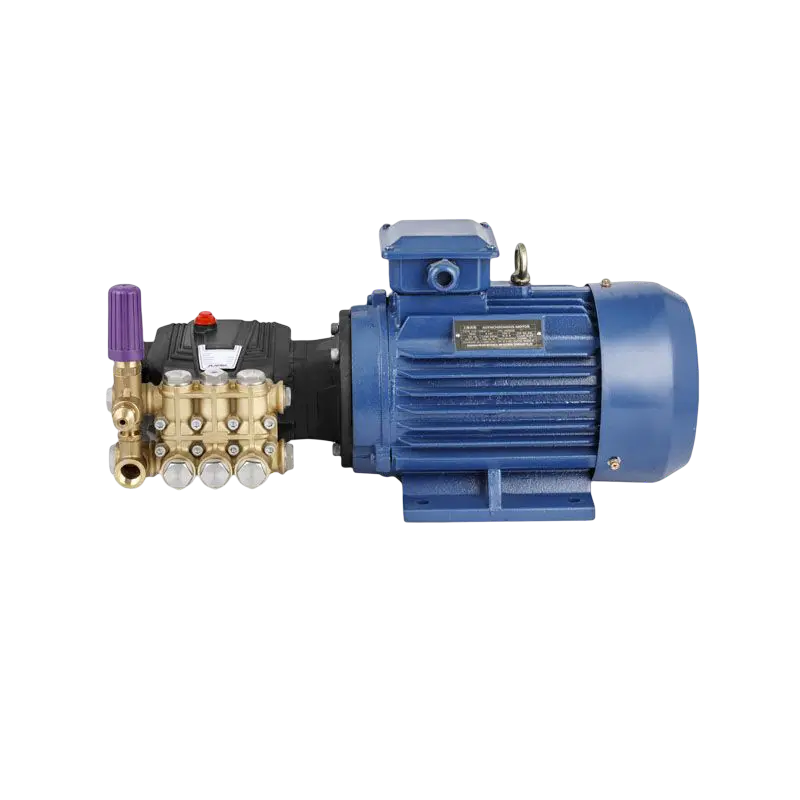
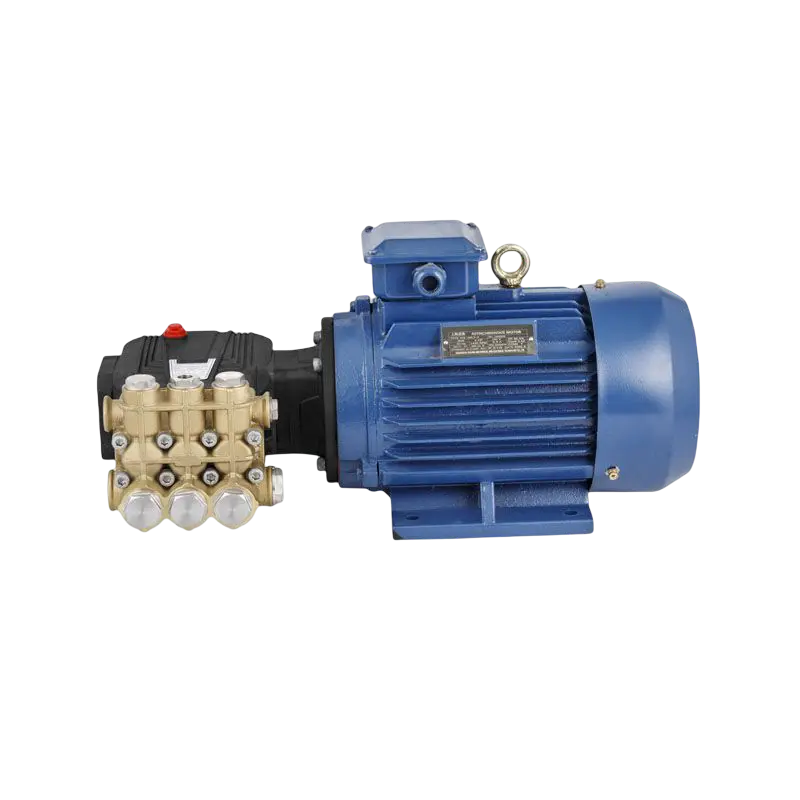
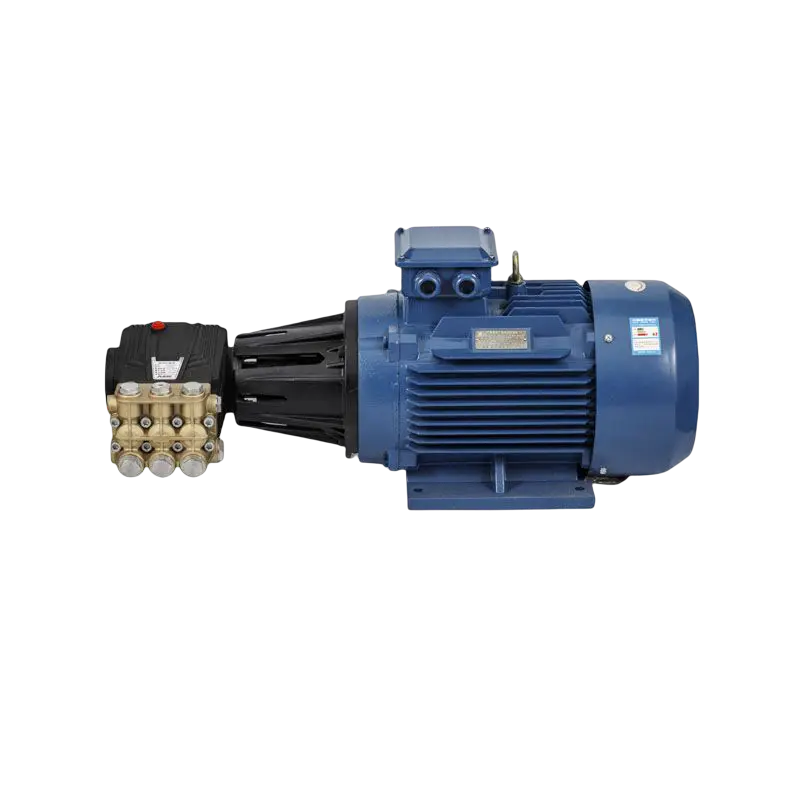
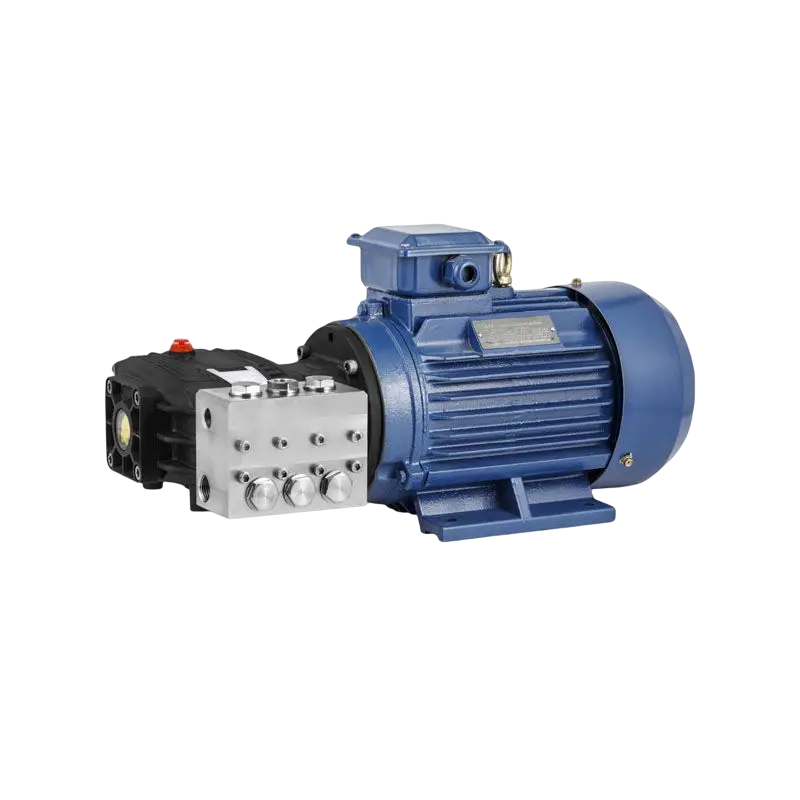
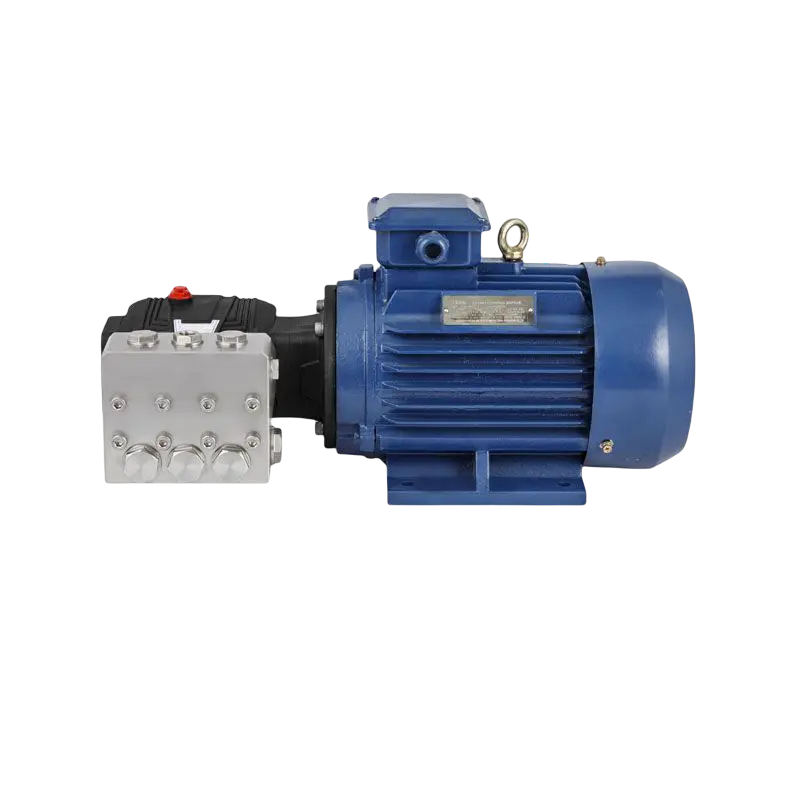
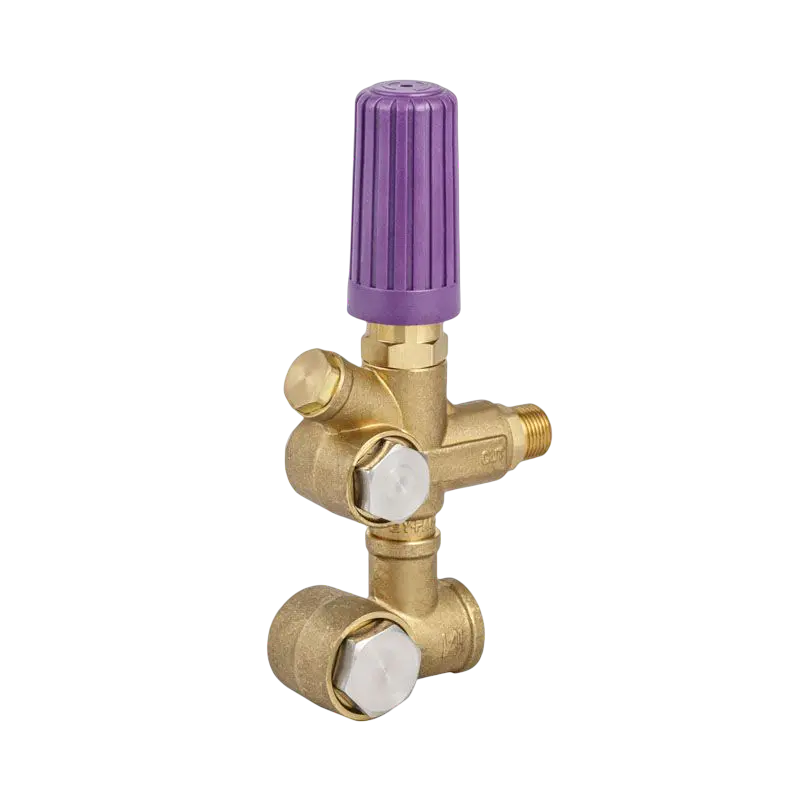
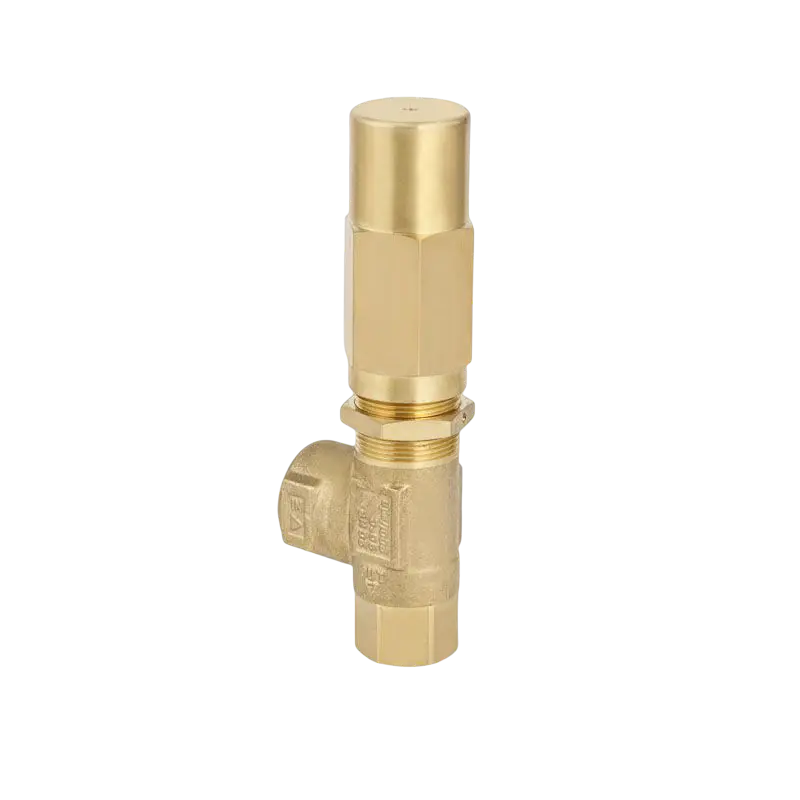
-2(1).png)



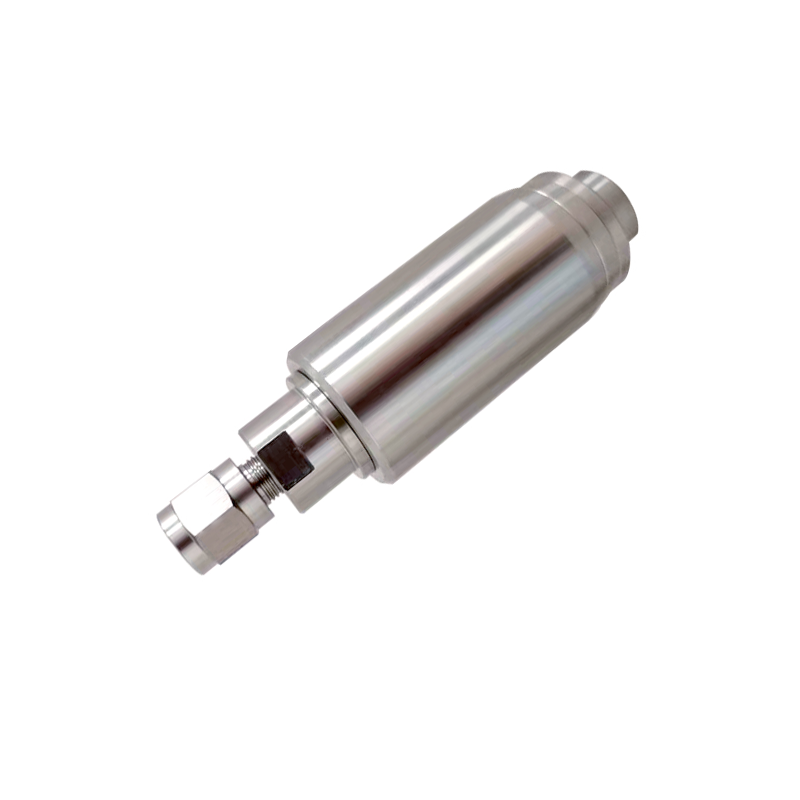
 English
English Español
Español
